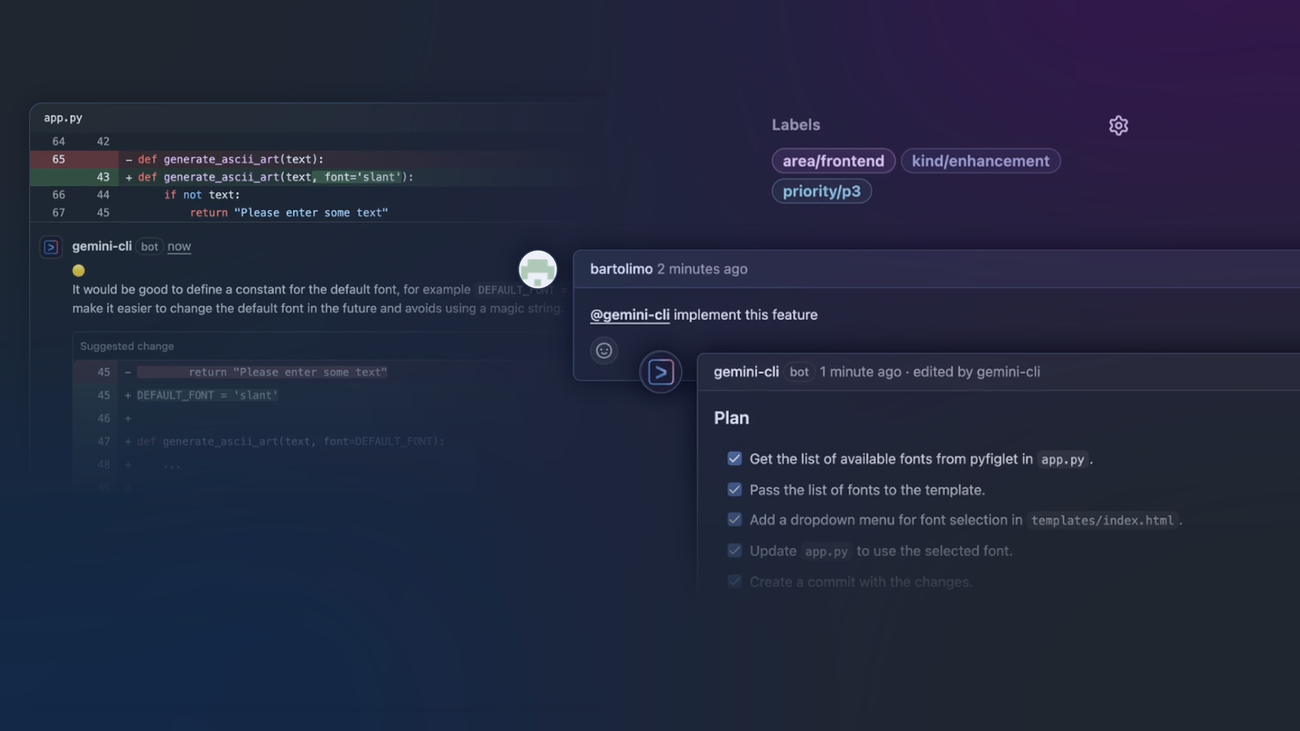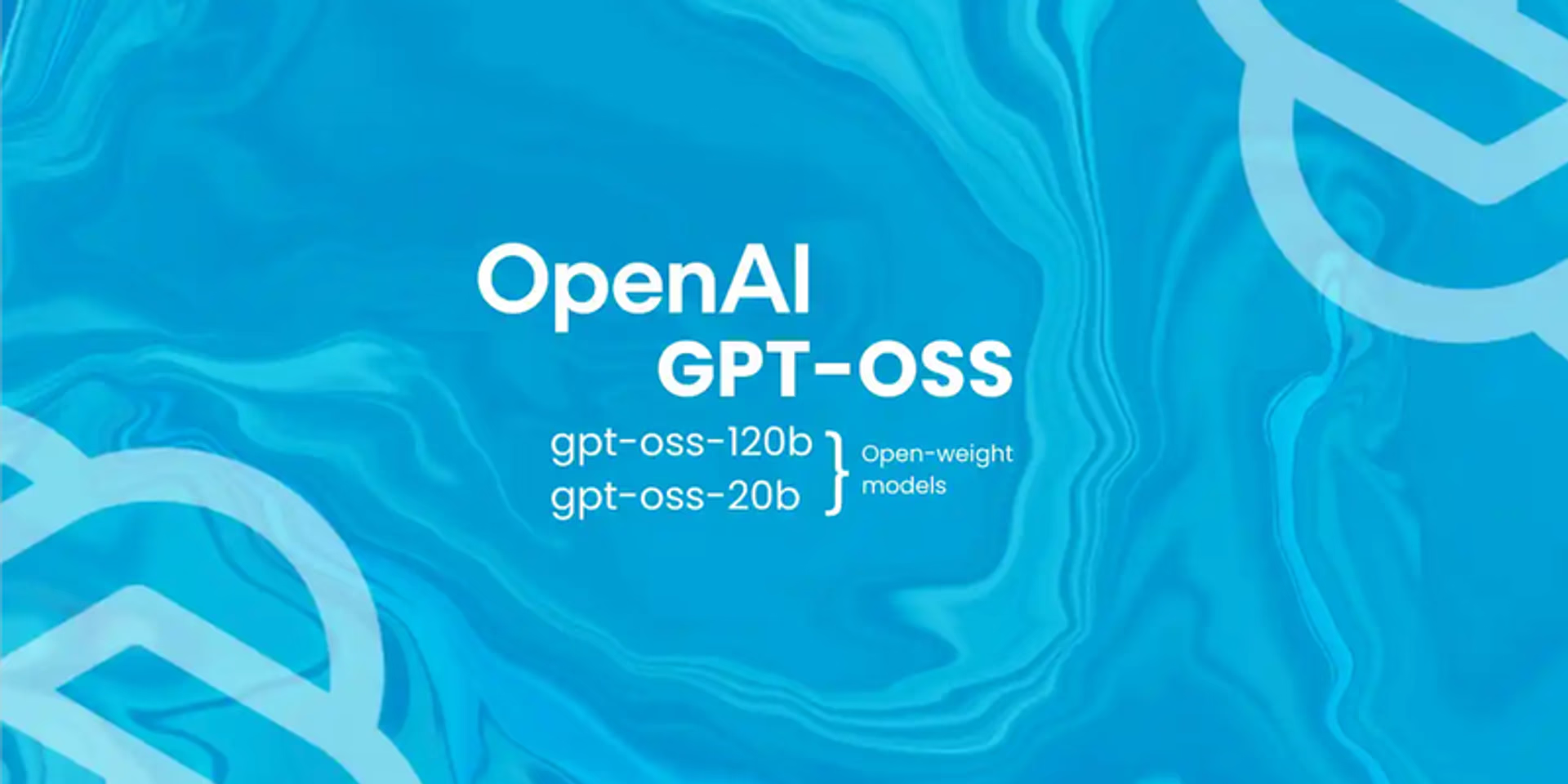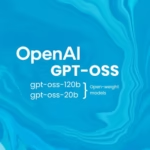In a pivotal shift toward customizable AI intelligence, Google has unveiled Gemini 2.5 Flash—an experimental model designed to give developers precise control over how much reasoning an AI model performs. At the heart of this innovation is a novel concept: “thinking budgets,” a new paradigm that empowers users to trade off quality, cost, and latency depending on the task at hand.
This new model, part of the Gemini family of models, reflects Google DeepMind’s ongoing mission to design adaptable and high-efficiency AI systems tailored to real-world needs.
Gemini 2.5 Flash: What’s New?
Gemini 2.5 Flash is not just an iteration—it’s a departure from conventional large language model behavior. Traditional models process queries with a fixed level of computational effort. Gemini 2.5 Flash, however, introduces the idea that not all questions deserve the same level of cognitive overhead.
This is achieved through a dynamic “thinking budget,” allowing the AI system to apply just enough reasoning for the task, conserving computational resources on simpler tasks and ramping up reasoning power when needed for complex queries.
The model is now available in preview via the Gemini API on Google AI Studio and Vertex AI, providing developers immediate access to this fine-tuned control mechanism.
What Are Thinking Budgets?
Thinking budgets are Google’s response to one of the most pressing dilemmas in AI usage today: balancing performance, speed, and cost.
In practical terms, thinking budgets allow developers to allocate a specified level of internal “deliberation” or reasoning power to a query. For example:
- A low-thinking budget can be applied to a factoid query like “How many provinces are in Canada?”—requiring minimal inference.
- A high-thinking budget can be assigned to complex engineering prompts like calculating stress on a cantilever beam—demanding multiple steps of deduction.
This creates granular control over inference without requiring multiple models or architectural changes, making Gemini 2.5 Flash highly versatile for deployment in diverse AI applications.
Performance That Doesn’t Compromise Speed
One of the standout technical achievements of Gemini 2.5 Flash is that it maintains the speed and efficiency of its predecessor—Gemini 2.0 Flash—even when reasoning features are disabled. But with reasoning enabled, the performance on complex prompts sees significant gains.
The model is designed to sit on the Pareto frontier, meaning it delivers maximum output for a given cost without diminishing speed or resource utilization. This positions Gemini 2.5 Flash as an ideal candidate for enterprise-grade AI deployments, where cost-efficiency and accuracy are both mission-critical.
AI with Developer Dialed Intelligence
Tulsee Doshi, Director of Product Management for Gemini, emphasized that thinking budgets are meant to put more cognitive control into developers’ hands, saying:
“Developers can set thinking budgets to find the right tradeoff between quality, cost, and latency.” (Business Insider)
This effectively shifts the paradigm from AI as a static tool to AI as a programmable thought partner, adapting its depth of reasoning per use case—from real-time chatbots to technical analysis systems.
Use Cases: From Microtasks to Deep Analysis
Gemini 2.5 Flash is designed to seamlessly scale across a spectrum of applications:
- Customer service chatbots: Use low reasoning for fast FAQ responses, higher budgets for escalated issues.
- Financial modeling tools: Allow deep reasoning for predictive analytics.
- Scientific research assistants: Customize reasoning based on task complexity, from basic definitions to data interpretation.
This enables product teams to tailor AI behavior to end-user expectations, improving satisfaction while optimizing backend performance.
Preview Mode: A Collaborative Roadmap
Though still in preview, Google encourages developers to experiment with different budget configurations, test edge cases, and provide feedback. This crowdsourced R&D will help Google fine-tune the model for broader commercial release.
Gemini 2.5 Flash is accessible through Google’s Vertex AI on Google Cloud and the Gemini API on AI Studio, giving both enterprise and independent developers access to cutting-edge AI tooling with real-world implications.
Why It Matters
Google’s Gemini 2.5 Flash represents a significant leap toward customizable general intelligence. As AI systems become more embedded in daily operations, static reasoning levels are no longer sustainable. Thinking budgets pave the way for dynamic cognition, where systems adjust their mental effort like humans do—based on context, complexity, and need.
This innovation also signals a broader trend toward resource-conscious AI, where efficiency isn’t just about speed, but about strategically using intelligence to solve problems better, faster, and cheaper.
Final Thoughts
Gemini 2.5 Flash is not just another large language model—it’s a blueprint for how future AI systems might reason more like humans: selectively, flexibly, and efficiently. By allowing developers to set their own cognitive dials, Google empowers a new generation of intelligent applications that are not only smart but strategically intelligent.
This marks a transformative step in the evolution of AI utility—from black box to precision instrument. Expect thinking budgets to become a cornerstone concept as the race toward controllable AGI heats up.









